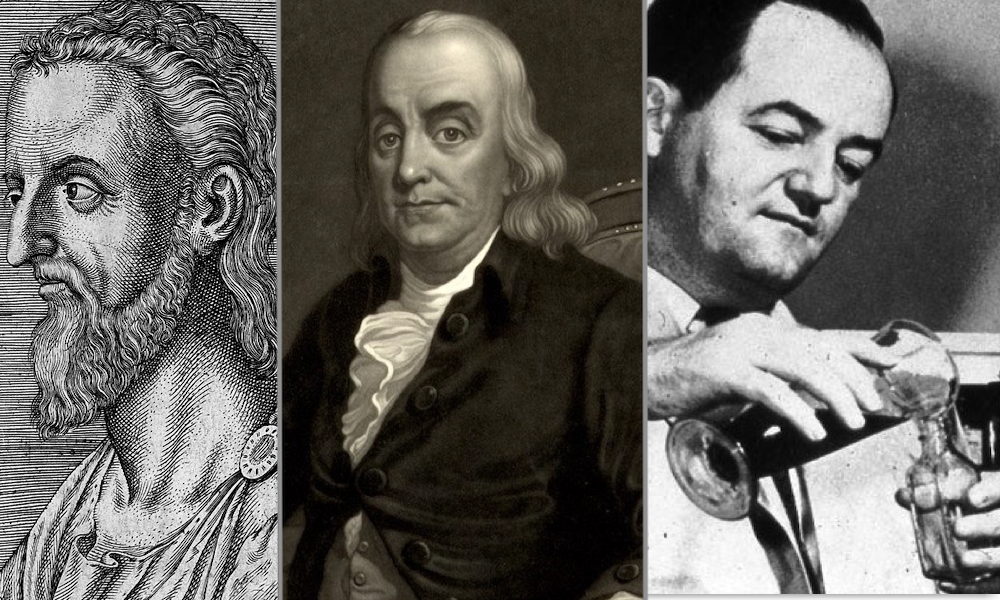
Happy National Pharmacist Day! On January 12, we honor over 311,000 pharmacists across the US that are on the front lines of healthcare provision 24 hours a day, seven days a week.
We take pharmacists for granted sometimes, occasionally seeing them as store employees who dispense medications prescribed by physicians. They’re far, far more than that. To earn a Doctor of Pharmacy degree, you’re looking at a minimum of two years of undergraduate prerequisite coursework, plus an additional four academic years of professional pharmacy study.
There’s no question that a vital function of a pharmacist’s job is to ensure that you get your prescription medication and their correct dosage. But they don’t just “dish out” meds. They’re also trained in providing vital guidance on the administration of said prescriptions, how to take multiple medications at a time and how to operate medical devices at home.
Then there’s Therapeutic Drug Monitoring (TDM). Pharmacists are essential to this process, in which they actively review patient records, plus identify and resolve conflicting information regarding drug therapy information for a patient. Aside from the physicians who prescribe medication, pharmacists are the primary point people for educating patients, caregivers and prescribers about potential adverse drug effects, or ADEs.
In other words: It ain’t easy being a pharmacist. They have earned and deserve our respect, particularly while we’re in the midst of a global pandemic. National Pharmacist Day is a great way to show our appreciation for them, and you can do so by thanking them the next time you visit a pharmacy. You can also share your gratitude on your social accounts and use the hashtag #NationalPharmacistDay. If you’re close to a particular pharmacist and have a photo of them, you can share that online as well, using the hashtag #APharmacistIs.
To help commemorate the day, we offer up this small list of indispensable dispensers whose discoveries and contributions to their field concocted some pretty incredible history. Enjoy, and after that, we prescribe that you enjoy a dose of our other feature, focusing on an exclusive clique of pharmacists whose experiments produced a product that many of us are very familiar with. And to all pharmacists, we say, “Thank you.”
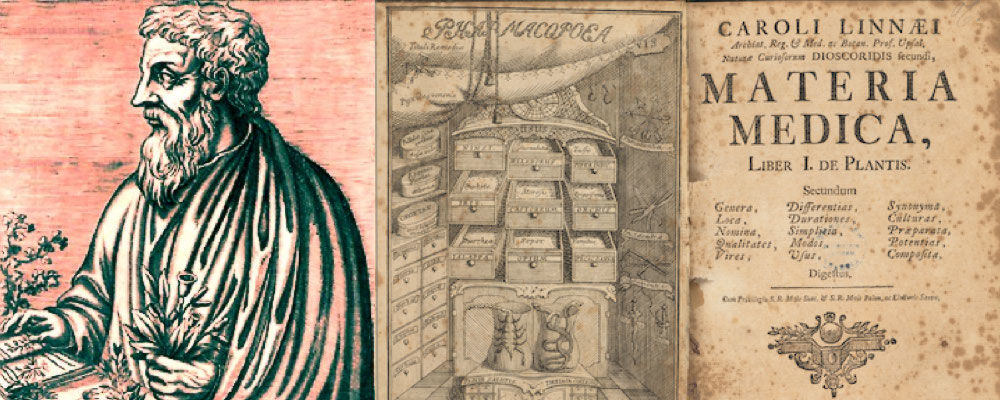
NO RESTING ON HIS LAURELS
Though he wasn’t classified back then as a pharmacologist per se, the ways of materia medica all kinda started with Pedanius Dioscorides. Waaaay back in the first century, as an on-the-road surgeon with the armies of Roman emperor Nero, Dioscorides studied, observed and documented the medicinal properties of countless plants and minerals. He also recorded clear, superlative rules for collecting, storing and using more than 1,000 simple drugs. Think Stephen King or James Patterson’s books are popular? Dioscorides’ five-volume opus De materia medica (“On Medical Material”) was a basic science bestseller for more than 1,500 years.
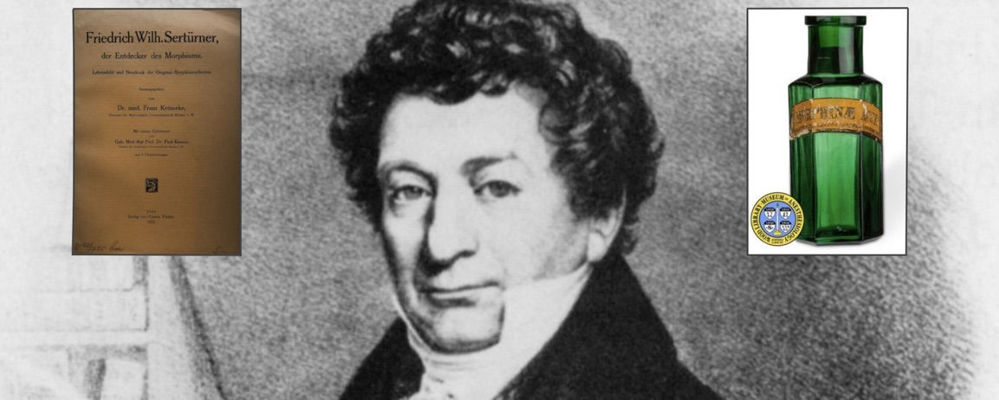
BORED INTO GREATNESS
Before becoming a famed pharmacist and the first alkaloid chemist, German teen Friedrich Sertürner was pretty apathetic about entering the world of apothecary. Regardless, that was the path laid out for him and by the start of the 19th century, boy, did he make the most of it. Some kill off boredom watching an action flick or wrestling; Sertürner did so by figuring out how to isolate Principium somniferum from opium. He named his new drug Morpheus (after the Greek god of dreams, not Laurence Fishburne’s character in The Matrix), but he eventually settled on morphine to satisfy sticklers of standardized alkaloid naming. It took several years before Sertürner finally earned the credit and medical respect due his discovery, which allowed physicians to successfully treat moderate to severe pain in patients. Sweet dreams are made of these.
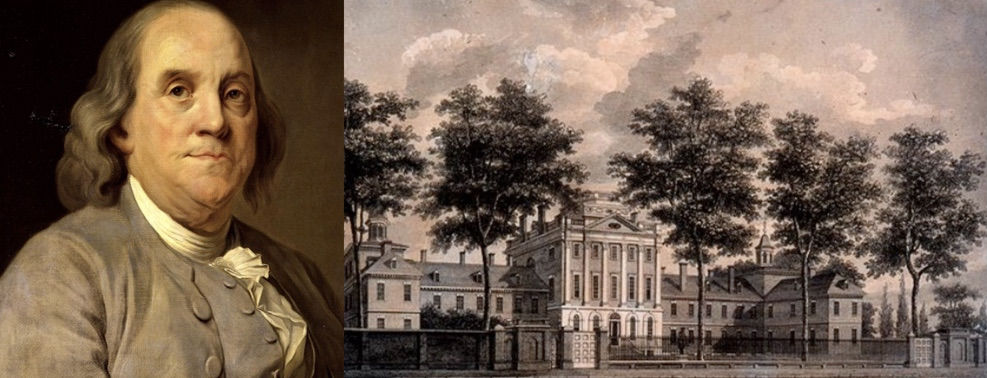
IT’S ALL ABOUT THE BENJAMIN
Benjamin Franklin was a pharmacist before he ever became a Founding Father who helped draft the Declaration of Independence, not to mention an American printer and publisher, author, inventor and scientist (as well as a reputed playa with the ladies). His visage adorns the hundred dollar bill, yet many people forget that Franklin was pure money when it came to his pharmaceutical contributions. In the 1750s, the statesman extraordinaire and his friend, physician Thomas Bond, founded America’s first hospital – Philadelphia’s Pennsylvania Hospital – and hospital pharmacy, then known as the hospital apothecary. Franklin also created the flexible urinary catheter. Believe us, if you’ve ever had a kidney stone or other urinary dilemma, it’s not an understatement to say that this particular Franklin invention was quite sorely needed.
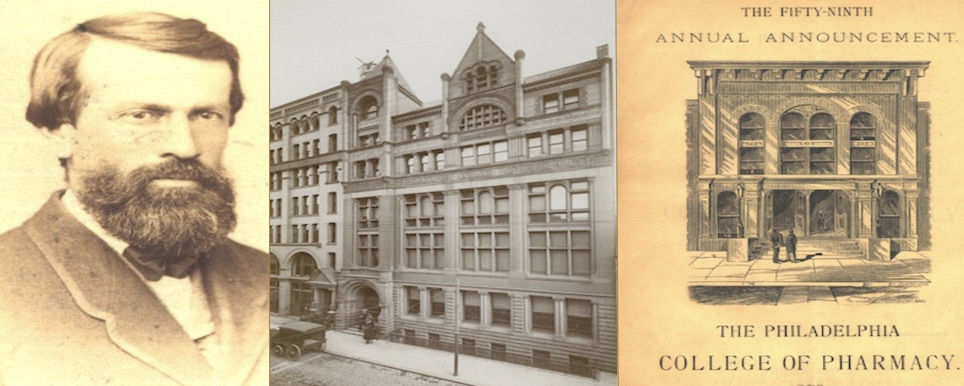
WHO'S YOUR DADDY, MODERN PHARMACY?
Pharmacist. Author. Editor. Experimenter. Educator. In addition to studying and opening his own pharmacy in Philadelphia in 1844, William Procter Jr. studied, experimented and refined the formulae of pharmacopoeia in order to improve them. After becoming a professor at the Philadelphia College of Pharmacy, Procter led the American Journal of Pharmacy, authored the first pharmacy textbook for American students, and was a founder of the American Pharmaceutical Association. If anyone deserves to be recognized as the “Father of American Pharmacy,” it’s the man who was also Procter & Gamble's president and chairman of the board from 1907 to 1930. (And, with all due respect, we don’t mean Gamble.)
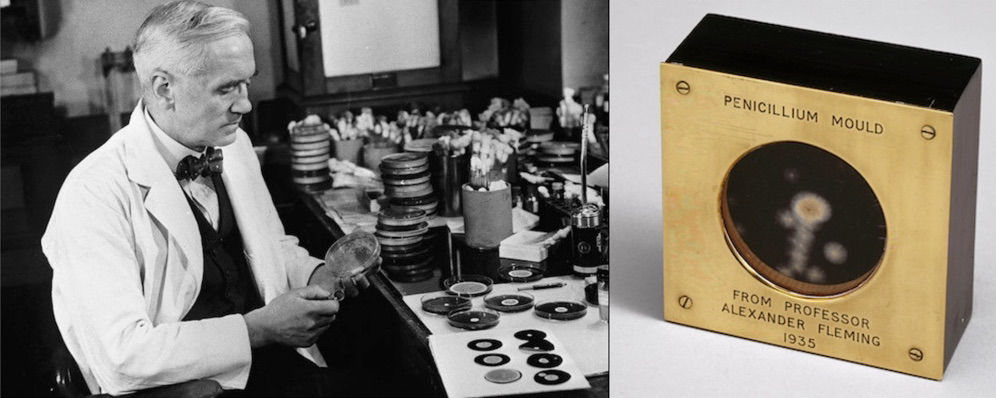
THE MOLD, THE MERRIER
Being easily distracted is sometimes a good thing. Case in point: Sir Alexander Fleming, a recipient of the Nobel Prize in Physiology or Medicine. In 1928, the Scottish physician, pharmacologist and bacteriologist returned from a two-week vacay to focus on his influenza virus experiments, only to be immediately sidetracked by mold growing on a staphylococcus culture plate. Fascinated by how the surrounding mold prevented the growth of staphylococci, Fleming put influenza on the proverbial backburner and gave medicine a much-needed shot in the arm with the world’s first antibiotic, Penicillin.
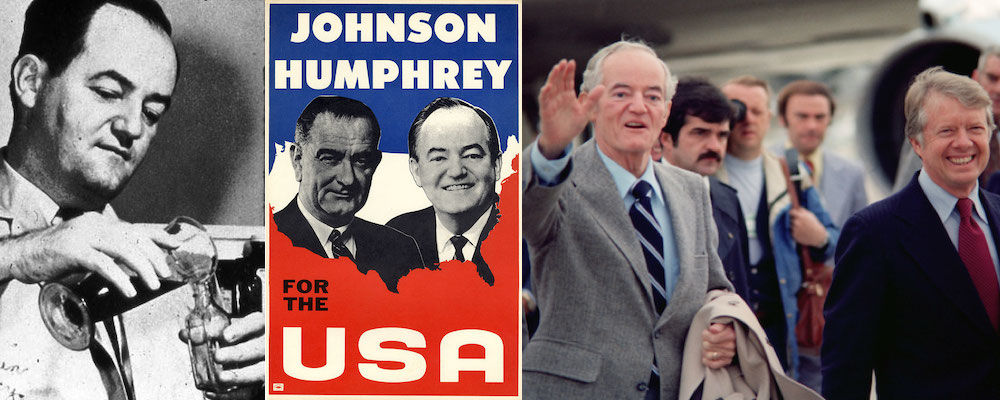
FROM OVAL PILLS TO OVAL OFFICE
There’s no political bias surrounding the facts behind the United States’ 38th vice president. In the 1930s, Hubert Humphrey paused his political science studies to earn a pharmacy license and help his dad, whose drugstore business struggled amid the Great Depression. After several years as a pharmacist and resuming his poli sci education, Humphrey left behind a life at the drugstore counter and became a different kind of public servant. Nevertheless, he remained a member in good standing with the American Pharmacists Association (APhA), and his personal experiences motivated his contributions to public healthcare and insurance. That included pushing for a proposal that supported the elderly with Social Security-financed health insurance – an idea that evolved over the next decade before Humphrey’s boss, President Lyndon B. Johnson, signed into law the bill that resulted in Medicare.
FOLLOW US ON FACEBOOK, INSTAGRAM, TWITTER AND YOUTUBE
